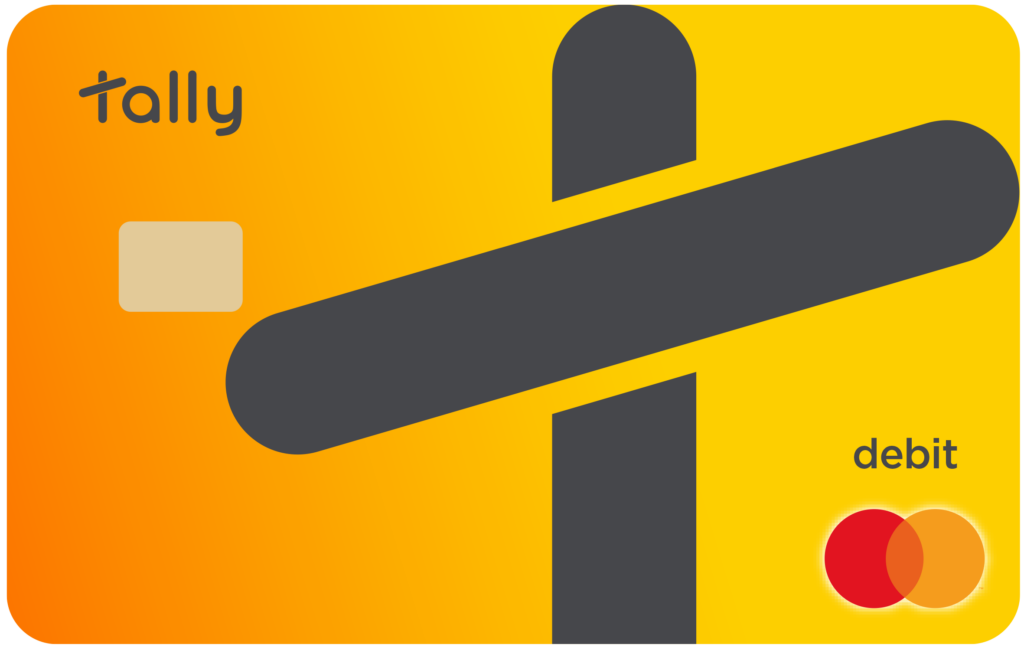Money is something we use everyday and there is not much in life that we can do without it. But have you ever considered what money actually is? As a ‘gen Z’ I hadn’t given much thought about money until I started working for Tally!
It only takes a quick Google search to find the definition of money as ‘a medium for exchange in the form of banknotes and coins’. This is obviously how we are familiar with money today but wind back the clock a few hundred years and money has taken many different forms, from commodity based money such as gold and silver to the more unusual forms such as feathers and even teeth!
When gold was linked to money in the 1600s it was, as you can imagine, a physical burden carrying around heavy, precious metals. The receipts people received from exchanges became a form of money in itself, which led to the creation of banknotes that we know today. This period of exchanging banknotes in return for gold was known as the Gold Standard.
The Gold Standard ended in 1931, however, it may amaze you like it did me, that the words ‘I promise to pay the bearer the sum of five/ten/twenty/fifty pounds’ appear on every banknote in circulation today and have done for many years. 300 years ago, the promise on the note stated the bearer could be paid five/ten/twenty/fifty pounds equivalent value in gold. Although today this is no longer the case, with Tally you can now seamlessly transfer, spend or save in gold without the physical burden!
Although it is hard to gauge an exact figure of how much money is in circulation today, according to the Bank of England, it is surprising that just 4% of all money in the UK is held in physical form as cash which is made up of approximately 3.9 billion Bank of England notes, worth about £71 billion. The other 96% of money in the UK is held as electronic money.
In these very strange times we currently live in, the government has been forced to rapidly ‘print’ more money which although short term is a necessity, will soon have long term ramifications.
How is it possible for the government to create extra money?
Quantitative easing involves the creation of new digital money as opposed to printing new physical banknotes – so much for money growing on trees! The new digital money is then used to buy government bonds or other financial assets to inject money into the economy, with the idea that this will boost spending and investments to stimulate the economy in times of need.
In March 2020, the government announced a quantitative easing programme where the purchases of government bonds will total £645 billion. Creating this amount of extra money in turn dilutes the value of our money such as savings in bank accounts and can increase the rate of inflation, reducing the purchasing power of our money.
The government and banks often use complicated language making areas surrounding our money seem much more complex. In this case it is easy to believe more money is being ‘printed’ to help the economy, albeit a necessity, without understanding what this can mean longer term for the value of the money in our pockets.
So, although the prices of items we know and love may inevitably increase, for the first time Tally provides you a choice in the money you use, as an alternative to government-issued money. By having a gold backed account you can transfer, deposit, save and spend money that is gold with insulation from economic uncertainty without the inconvenience that came with owning gold 300 years ago!

